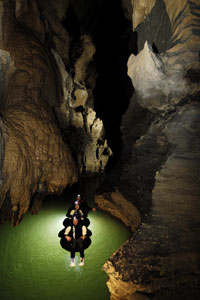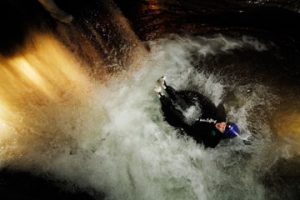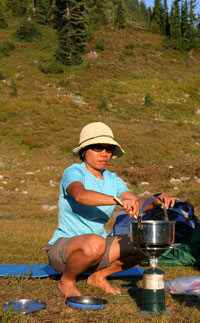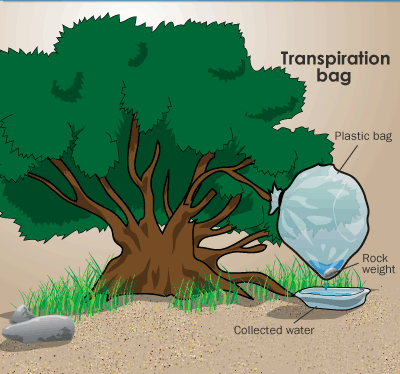Like tubing in general, cave tubing is best undertaken with some precautions in mind. Luckily, most of the requirements for a safe and enjoyable black water rafting experience are provided by the guide company.
Which brings us to the first tip: Go with a guide.
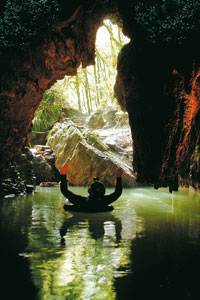
A tuber floating near the entrance at Waitomo. It’s best to find out what the entire tour entails before you sign up.
It may seem like a simple thing, floating along a quiet river; but a cave river, like most rivers, can have some rough spots. This, along with the unique environment of a cave-tubing trip, means it’s best to go with an expert. A black-water-rafting company is also equipped to provide its patrons with everything they’ll need during the tour, including wet suits, headlamps, inner tubes, rappelling equipment, and often a snack to keep energy levels up for that final climb up a waterfall to reach the surface.
It’s also a good idea to wear waterproof shoes and bring a waterproof disposable camera, or else a waterproof case for your regular camera if you want to risk it — you probably won’t be able to fish it out of the darkness if you drop it in the water.
Camera mishaps are rough, but they’re nothing compared to finding yourself staring at a necessary 50-foot (15-meter) zip-line ride across a cave gorge that you’re not physically prepared to cross. Be honest about your fitness level, both to the guide company and to yourself. Read more

